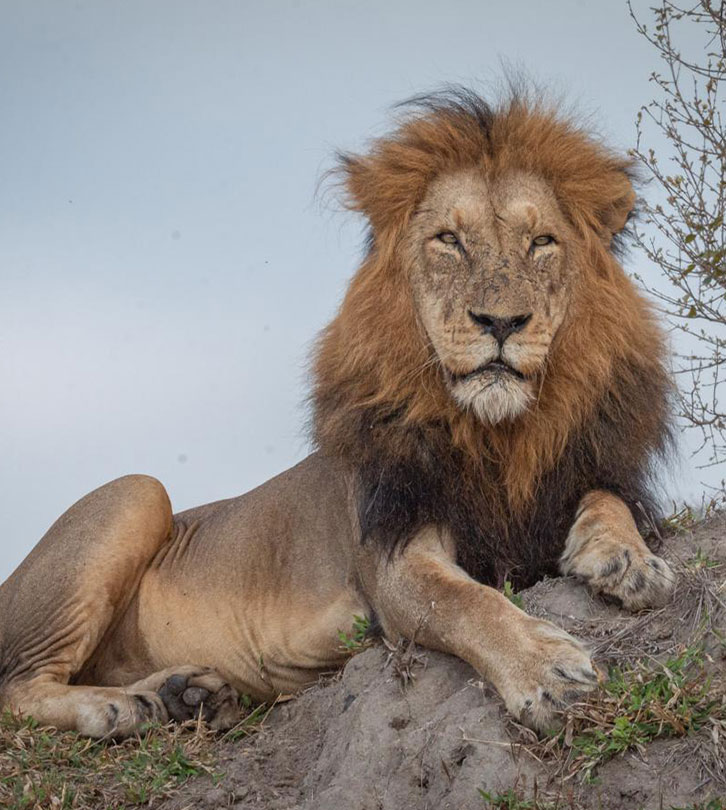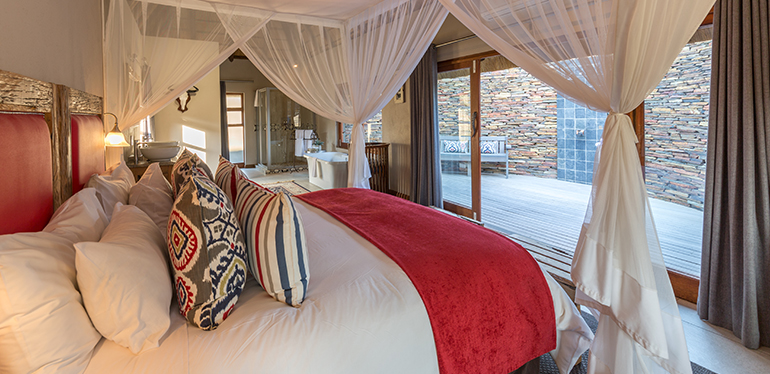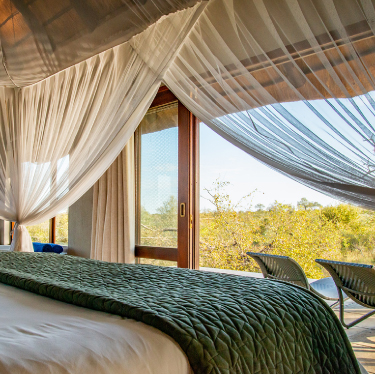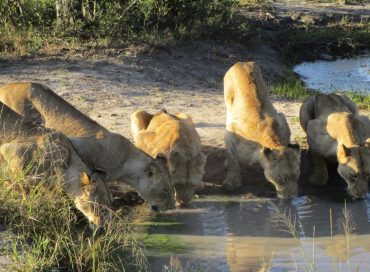Unique and highly sought-after by visitors because of its prime location
within the Sabi Sand Reserve, adjacent to the unfenced Kruger National Park
about us
An Exceptional
Safari Experience
Arathusa Safari Lodge is unique and highly sought-after by visitors because of its prime location within the Sabi Sand Reserve, adjacent to the unfenced Kruger National Park. Together these two areas comprise one of South Africa’s most incredible and pristinely preserved wilderness sanctuaries.

LUXURY SAFARI
Take a glimpse of what 3 days on safari looks like at Arathusa Safari Lodge, located in the private Sabi Sand Reserve.
Amenities
Make Your Stay Memorable
Wifi
WiFi is accessible in public areas
Swimming Pool
Infinity swimming pool overlooking the waterhole
Guided Walks
Take a walk on the wild side
Outdoor Shower
Our bush-facing suites have a private outdoor shower
ACCOMMODATION
Suites
Our lodge offers 12 suites. 8 suites facing the waterhole and 4 suites remotely located within the bush.


Fresh food
From Our Kitchen
Dining
From Our Kitchen
Indulge in wholesome food and fine wine in imaginative natural settings, including a traditional open-air boma, out in the bush, and on the deck overlooking the waterhole. Enjoy the sweet serenade of Mother Nature's orchestra.
Spa
Our Safari Spa
We offer a comprehensive spa and wellness experience right at the water's edge. Whatever your pleasure, you're in good hands - choose from a range of beauty and massage treatments.


VIRTUAL VIEW
Take A Walkthrough
Our Stories
Our Blogs
Menu





